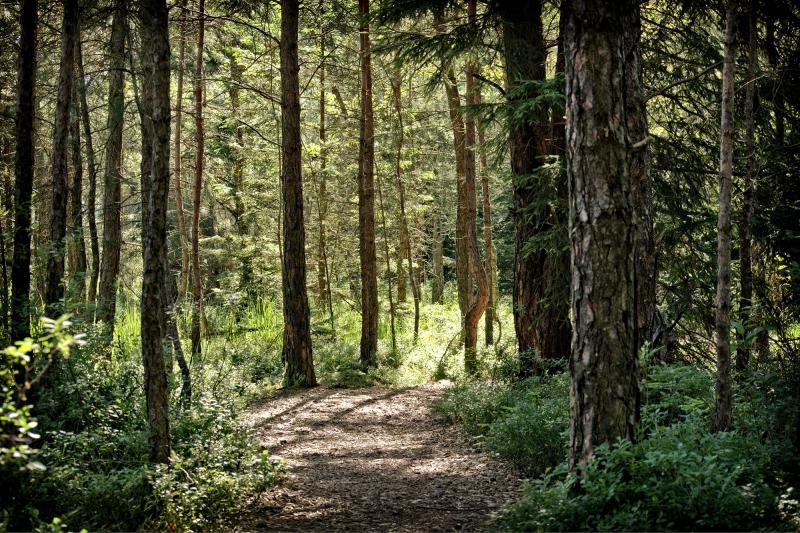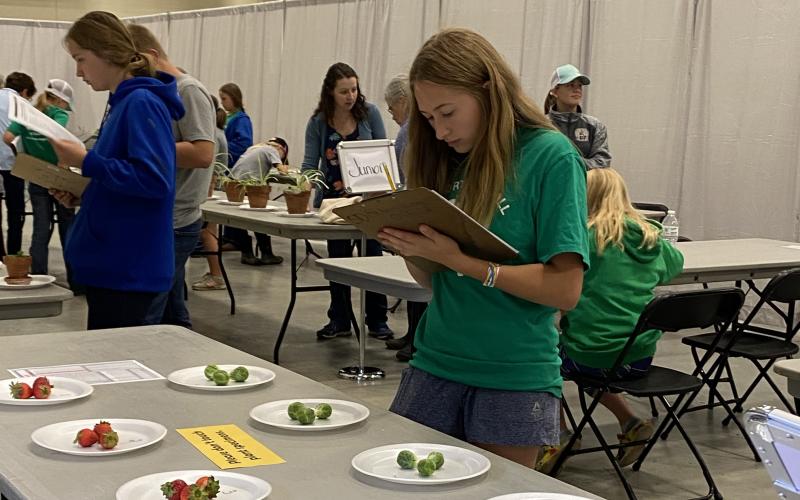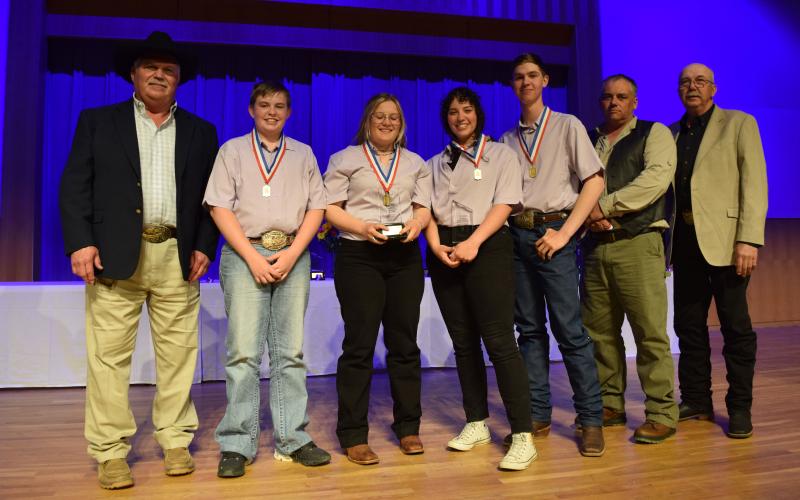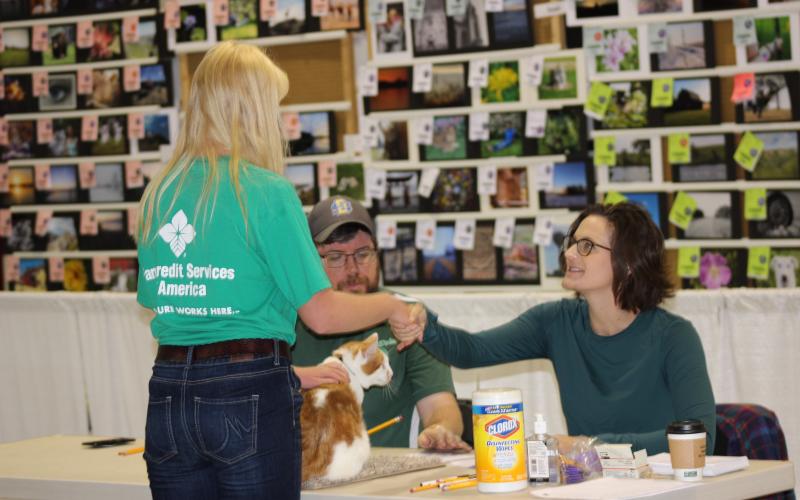
Trees are a window to the past and play an important part for the future health of our world. Learn how to read the forest by identifying tree types and species in your area, how to conduct a tree survey and its uses, and the many benefits trees provide for our environment and in our daily lives.
Ages and Stages of Youth Development
Beginners
Beginners learn why trees play an important role in the health of our environment, different forest climates, how people and animals use forests for habitat and resources, and plant parts, functions, and photosynthesis.
Juniors
Learn what trees need to grow, their stages, and challenges such as insects and disease. Other skills include identifying risks such as insect damage, forest fire potential, and estimating the volume of a standing tree and forest density.
Seniors
Seniors can learn methods of insect control, how to conduct a tree survey, available careers in forestry, and how different cultures around the world value and use forests historically and today.
4-H Programming Priorities
Leadership
Conducting a tree survey, teaching a class about tree identification, and volunteering to help with local tree plantings can showcase your leadership skills.
Health & Wellness
Get outside to learn the trees in your area by taking a hike through a national forest or park. Make observations of what grows along a bike path or local park.
Science
Forests exist across different ecosystems, climates, cultures and elevations. Many different insect and animal species depend on forests for shelter and food.
Agriculture
Trees are a renewable resource with high value to many different industries. Learning how to grow and harvest trees can lead to many different careers in Forestry.
Get Involved

Youth Voice
- Demonstrate how to identify leaves and common trees
- Create a community forest map
- Create a poster or display of leaves you collected

Community Service
- Monitor for invasive species or insects
- Help care for a tree in your community
- Volunteer to help plant trees in your area

Career Connections
- Silviculturist
- Arborist
- Logger
- Fuels specialist
- Parks and recreation
- Greenhouse owner/manager
Exhibit Ideas
- Poster: Parts of a tree, pruning techniques, tree farm operations and harvest methods
- Display: Bark or leaf collection, scrapbook of local trees and their history, how to plant a tree
- Visit a national forest and create a book to display


